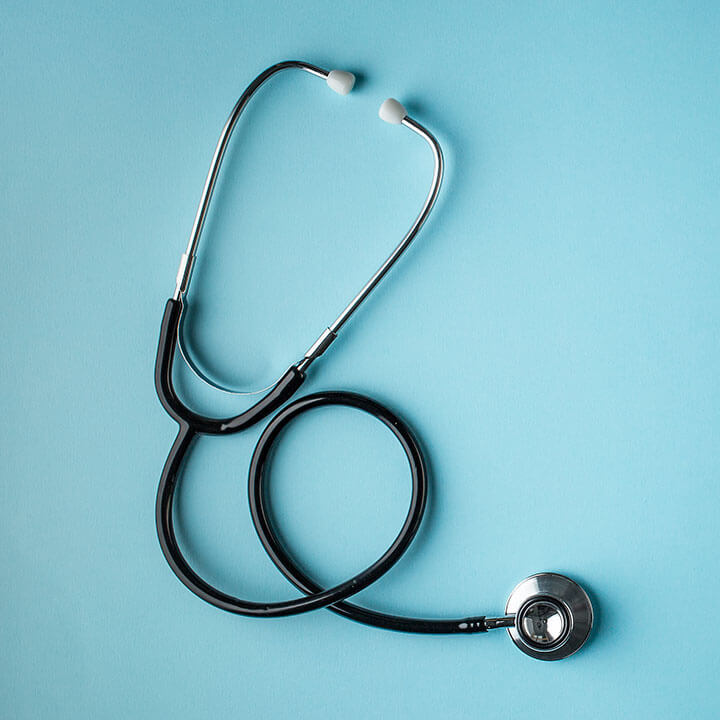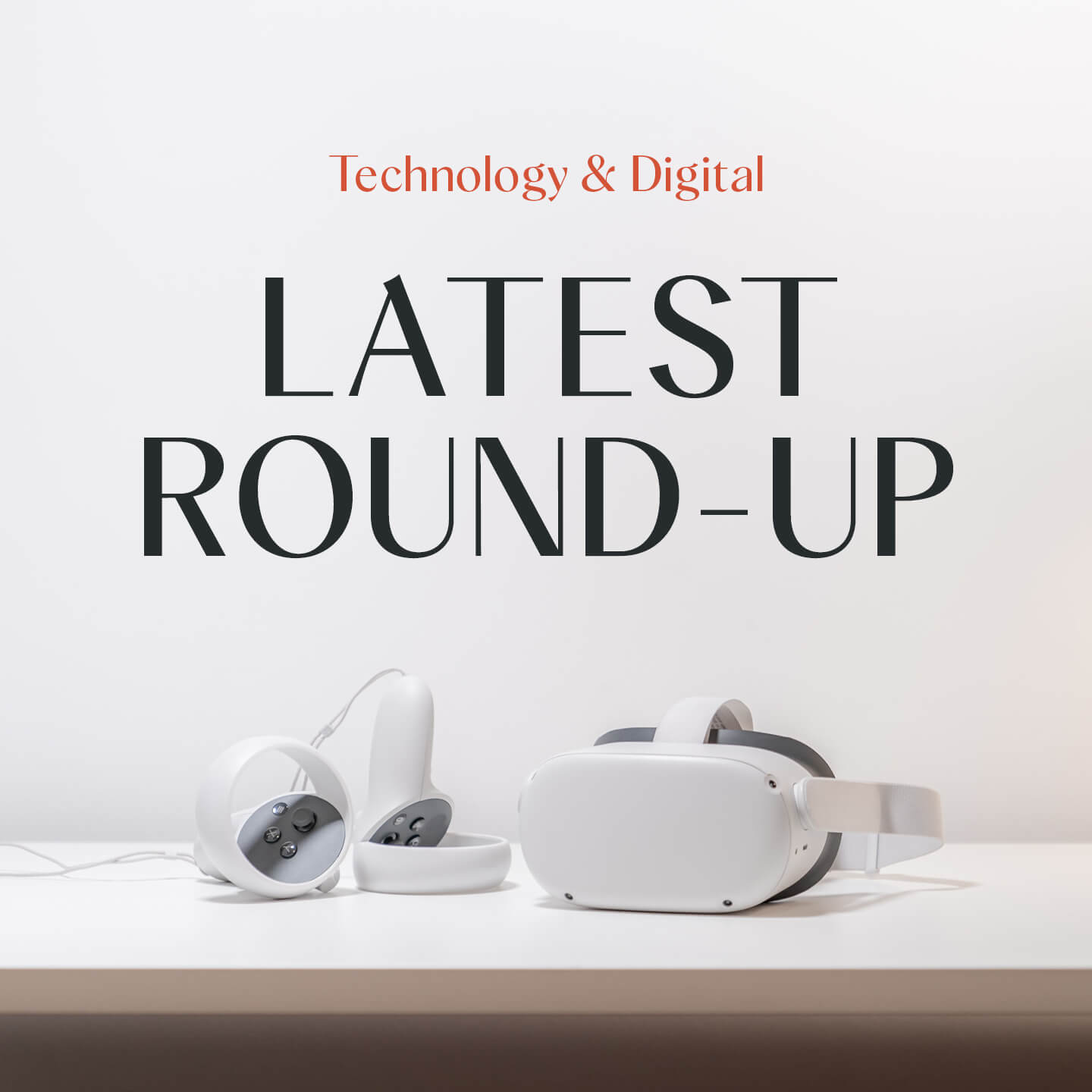The future of medical device regulation: Government response
15th August 2022
Walker Morris Regulatory & Compliance expert Claire Burrows considers the government’s response on the future of medical device regulation in the UK, and offers practical advice.

What is the background?
The Medicines and Healthcare products Regulatory Agency (the MHRA) consulted on proposed changes to the UK’s regulatory framework for medical devices in autumn 2021, seeking views on developing future legislation which would deliver:
- Improved patient safety;
- Greater transparency of regulatory decision making and medical device information;
- Close alignment with international best practice; and
- More flexible, responsive and proportionate regulation of medical devices.
Views were sought from patients, developers, clinicians and other healthcare professionals to shape the UK’s future regime. The government recently published its response.
The response
The response is lengthy and sets out the proposed new framework in some detail. The changes are expected to apply from 1 July 2023, although this is subject to transitional arrangements and the introduction of secondary legislation. The response includes chapters on the following topics:
- Scope of the regulations;
- Classification;
- Economic operators;
- Registration and Unique Device Identification;
- Approved bodies;
- Conformity assessments;
- Clinical investigation and performance studies;
- Post-market surveillance, vigilance and market surveillance;
- In vitro diagnostic medical devices;
- Software as a medical device;
- Implantable devices;
- Other product-specific changes;
- Environmental sustainability and other public health impacts; and
- Alternative routes to market.
Outside the scope of the consultation, the MHRA has also announced a work programme for the regulation (wider guidance, policy, and standards) of health-related software and AI.
What did the government say?
The MHRA received strong support for a number of proposals:
- Improving patient safety and public health through appropriate regulatory oversight. This includes extending the regulations’ scope to capture certain non-medical devices (including dermal fillers and coloured contact lenses) and to strengthen and increase post-market surveillance for better incident monitoring.
- Improved traceability of medical devices, including use of Unique Device Identification.
- Improved regulation of novel areas, including software and AI as a medical device, to offer alternative and safe routes to market for innovation. There was also significant support for introduction of pre-approval routes for innovative devices.
- Support of the Equity in Medical Devices Review, recognising the role the MHRA will play in setting regulatory standards for equitable outcomes, making sure that medical device manufacturers can demonstrate their products’ safety across diverse populations.
- Introducing alternative routes to market while making sure the UK aligns with international best practices where those standards are superior to the UK.
The way forward for UK medical device regulation
While the consultation considered a number of options for how new requirements for medical devices could be phased in, the government’s response proposes different transitional processes for UK Conformity Assessed (UKCA) marked devices, CE devices i.e. those that currently comply with the EU regulatory framework, and clinical investigations.
UKCA marked medical devices will be allowed to be placed on the market until expiry of the certificate or for three years after regulations take effect (or five years for in vitro diagnostics). The transitional arrangement ends if the certificate expires before the three or five year window.
The intention of the transitional arrangements is to ease the transition and to support continuity of supply of medical devices into the UK. On expiry of the transitionary window, all products and clinical investigations will need to comply with UK medical device regulations.
What to do next
The increase in regulation aims to result in an improvement in patient safety and public health which can only be a good thing. However, businesses operating in the sector (regardless of their role in the supply chain) will need to pay close attention to what is expected of them under the new legislation to ensure continued compliance and avoid business interruption in the months ahead. Understanding and taking advantage of any available transitional arrangements will be essential for businesses to maximise the time available for compliance with the new regulations.
Importantly, for businesses that supply medical devices into the UK as well as the EU, the divergence in the regulatory frameworks will require effective planning to achieve conformity in both markets within the required timescales. In addition, the implementation of a robust compliance programme to ensure continued compliance and the ability to effectively discharge obligations across both markets moving forward will be key.
How we can help
While the consultation response provides direction in how medical devices will be regulated in the MedTech and life sciences sector, it is likely further commentary and guidance will be issued as we approach 2023. We’ll be following developments closely and will provide further updates as matters progress.
In the meantime, if you need guidance or help on what this could mean for your business, please contact Claire.







